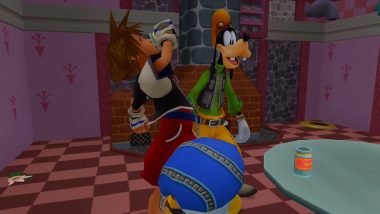The reason Honkai: Star Rail needed to have turn-based battles
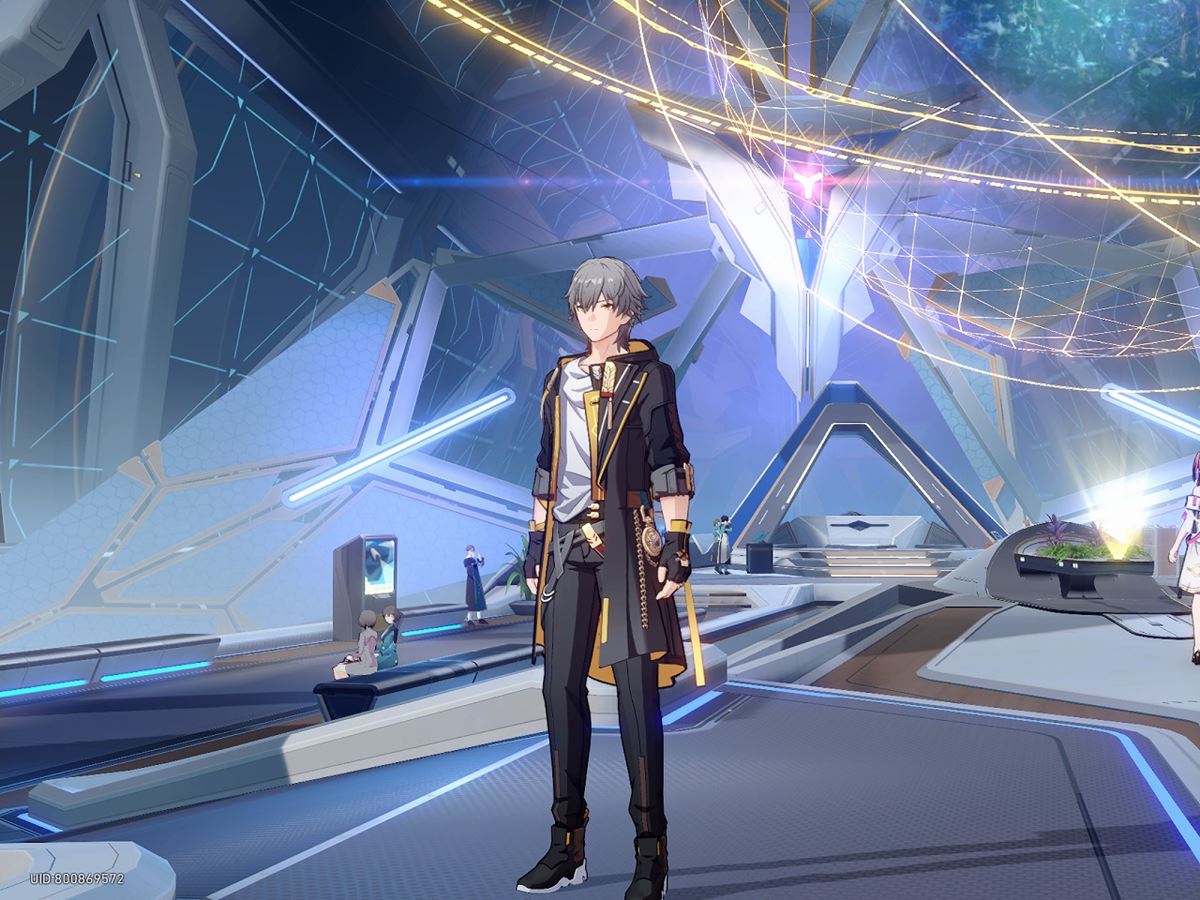
Honkai: Star Rail, the latest installment in HoYoverse’s Honkai series, was released in April and is quickly gaining popularity. With gameplay that bears a striking resemblance to Genshin Impact, another of the company’s popular titles, it features a character progression system centered around diverse equipment and combat skills, as well as an expansive storyline shaped by the synergy between the world’s many characters and vast background information. Apart from the fact that it utilizes a turn-based combat system, Honkai: Star Rail so closely resembles Genshin Impact that the two could be twins.
So why would HoYoverse decide it was necessary to release another game so similar to one that is already popular? In this article, we’ll take a closer look.
A game about enjoying the process as much as the results

Let’s start by examining the similarities between Honkai: Star Rail and Genshin Impact. The main takeaway is that these are both online games that emphasize enjoying the process instead of just the results.
Here, the term “results” refers to whether a player is able to obtain rare characters from the gacha, or whether or not they are able to successfully clear high-difficulty endgame content. The resulting information relating to successes and failures helps foster a sense of community excitement when players are able to praise and applaud each other’s accomplishments. However, this also means there are some players out there who are unable to receive such praise due to being unable to overcome this difficult content, leading to weariness and tensions within the community.
Still, both Honkai: Star Rail and Genshin Impact have created expansive game worlds in which the act of traveling is a process—one that was meant to be enjoyed in and of itself. Along their travels, players can find a variety of flavor text scattered about the world, forming a rich synergy among the world’s characters, each of whom possess their own extensive background stories and unique charms. This has enabled the game to give value to the fact that specific characters can be found wandering about certain locations.
For example, imagine having a retired warrior travel through a battlefield where they once fought. This act alone is enough to create compelling content, and this sort of process is also quite simple to accomplish, which in turn makes it easier to share. These low-entry barriers relating to content also help mitigate exhaustion and conflicts while also fostering discussion within the community by providing topics of conversation.
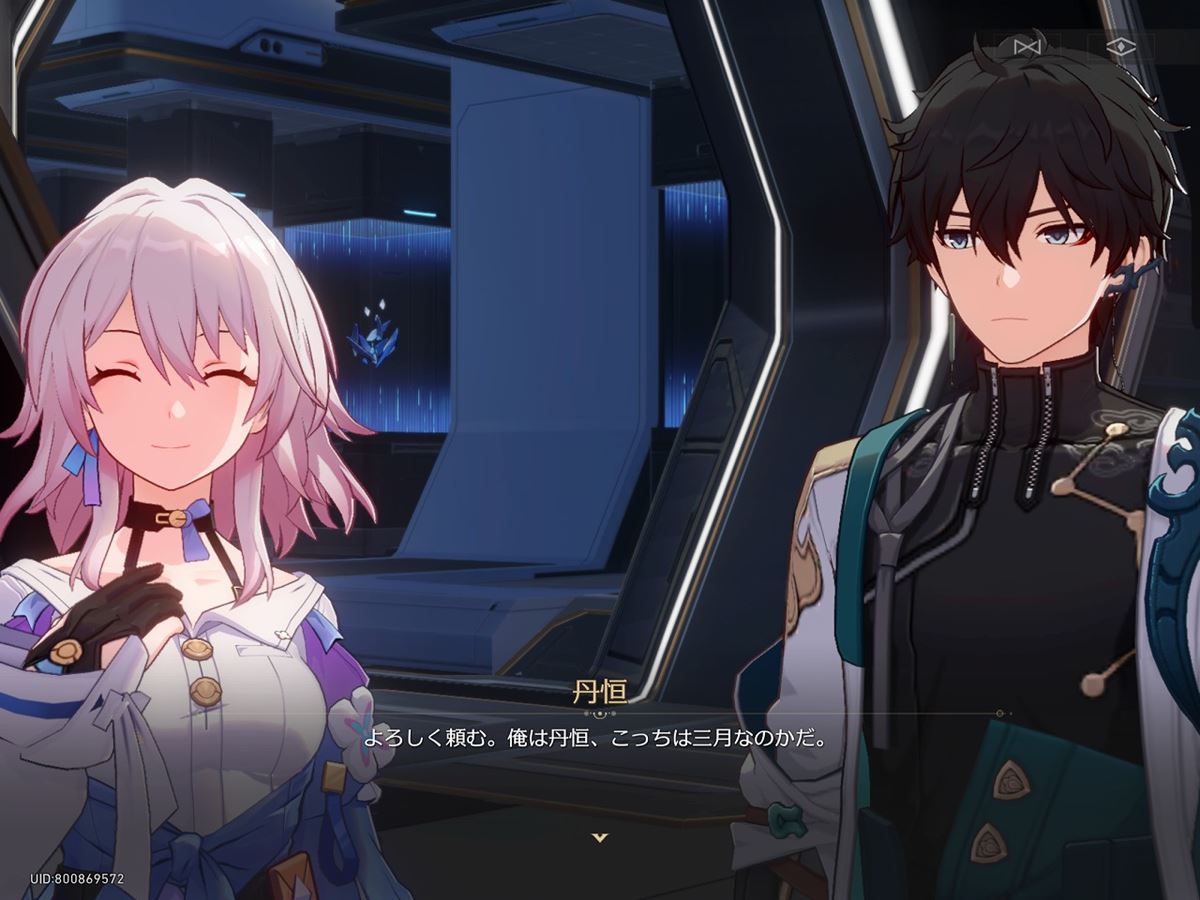
With the current popularity of video-centric social media platforms, it has become easier than ever to engage with and energize the community. Not only that, but many games make sharing videos easier than ever by including features which let players upload content directly to platforms such as TikTok and Instagram from right within the game.
By giving value to this process, Honkai: Star Rail has helped reduce bias toward character rarity, granting so-called weaker characters new value beyond that of simply their usefulness in clearing endgame content. In other words, the game has successfully created a gacha system that eliminates unwanted pulls. This is likely one of the reasons Genshin Impact has maintained such high popularity and sales.
Adding value to the process, as opposed to the results, isn’t the only thing Genshin Impact and Honkai: Star Rail have in common, though. As mentioned earlier, the mechanics utilized in these two games are also very similar. However, there is one clear distinction: Honkai: Star Rail adopts a turn-based combat system. This difference actually deviates from the current trend in game design. On top of that, the game employs a much smaller field design as opposed to a more open world, which may give the impression of a down-sized experience.
So why did Honkai: Star Rail choose to adopt a style similar to that of Genshin Impact without fully replicating it? And why would it deliberately incorporate a design that could be construed as a downgrade?
Reasons for being similar yet different than Genshin Impact
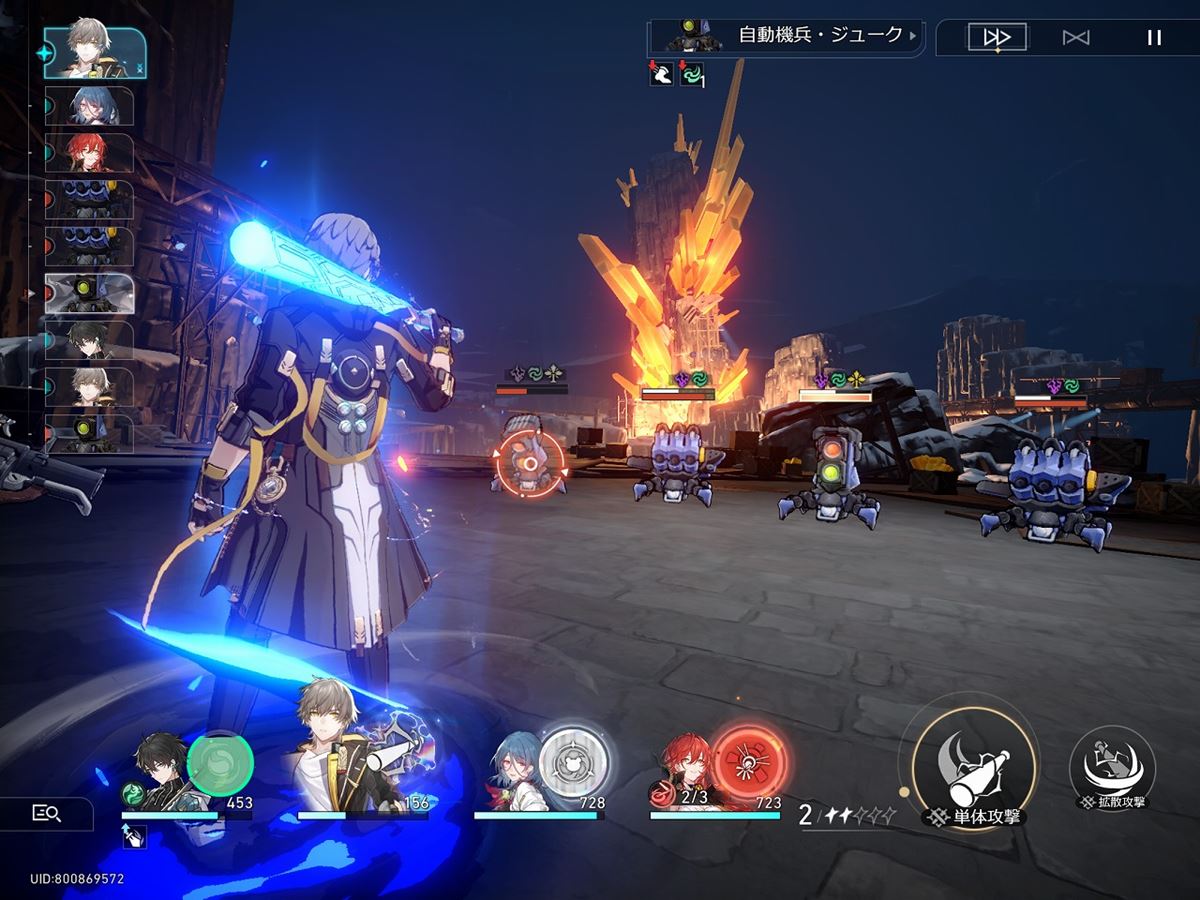
When playing games, players must familiarize themselves with different interfaces and master the controls specific to each game. Additionally, the skills required to play a given game will vary depending on that game’s genre. For example, games that rely heavily on text will require the player to utilize reading comprehension skills, whereas a rhythm game will naturally require a sense of rhythm. Action games, on the other hand, test players’ reflexes and adaptability to ever-changing situations.
There are also physical factors that must be taken into consideration, such as motion sickness or color blindness, that may make it difficult for some people to enjoy certain games. While developments in accessibility support have shown promising improvements in addressing some of these issues, games still remain an entertainment medium that can be selective depending on the game’s genre and the systems it utilizes.
Still, with the growing popularity of mobile gaming and the development of streaming culture, the gamer demographic continues to expand. Along with this expansion, however, there has also been an increase in the number of players who have trouble beating games. One commonly seen topic in online discussions originates from players who are unable to beat high-difficulty action games: requests to implement lower difficulty levels. In other words, there are people who want to play games like Genshin Impact, but are unable to do so as a result of the game’s action-oriented nature.
This is where the Genshin Impact lookalike comes in. Honkai: Star Rail may look similar, but its turn-based combat system aims to appeal to a wider range of players, including those who have difficulty with action games.
Another advantage of the turn-based combat system

There are more reasons why adopting a turn-based combat system helps increase accessibility to a wider range of players. One such reason is the fact that many people are already accustomed to how this system works.
The turn-based combat system has been around since the early days of computer games, and while it continues to be a beloved option, the reasons for adopting a turn-based system from an expressive standpoint have largely been lost. For example, the Pokémon series has consistently used turn-based combat in its games, and yet this system has no correlation to the game’s story or world. The same can be said for Persona 5. There is no inherent reason to be found within the world of the game that makes a turn-based combat system necessary. In other words, the turn-based battles exist as something apart from the game’s setting and story, which has the potential to detract from the immersion.
So why is this system still used? Simple. It’s either because the players continue to ask for it or because the developers wish to use it. While the system a game utilizes is merely one method of expression, the implementation of a turn-based combat system has superseded this purpose. In other words, turn-based battles are adopted simply because they are loved by both developers and players.
One of the biggest reasons why turn-based battles are viewed so fondly is due to how easily they make it to leverage past gaming experiences—they allow players to directly apply the skills and knowledge they have acquired from playing games such as Final Fantasy or Pokémon. In an ever-changing game industry, the sense of security one gets from a system that isn’t significantly different from those from the past is the underlying reason why turn-based combat systems are so cherished, and is likely the reason why they continue to be adopted even today.

So what does all this mean? Well, it could be said that Honkai: Star Rail was created to appeal to a broader audience by capturing the attention of a player base that Genshin Impact wasn’t able to. Incorporating a turn-based combat system, and doing away with a design that relies on action-based battles, serves the purpose of becoming more accessible to a wider range of players.
It is also worth noting that while the combat system in Honkai: Star Rail is turn-based, its core gameplay aspects are still very similar to those in Genshin Impact. This means that players will still need to understand how best to utilize the roles and synergies of their characters in order to defeat enemies and overcome challenges, which further emphasizes the significance of Honkai: Star Rail as its own unique gaming experience.
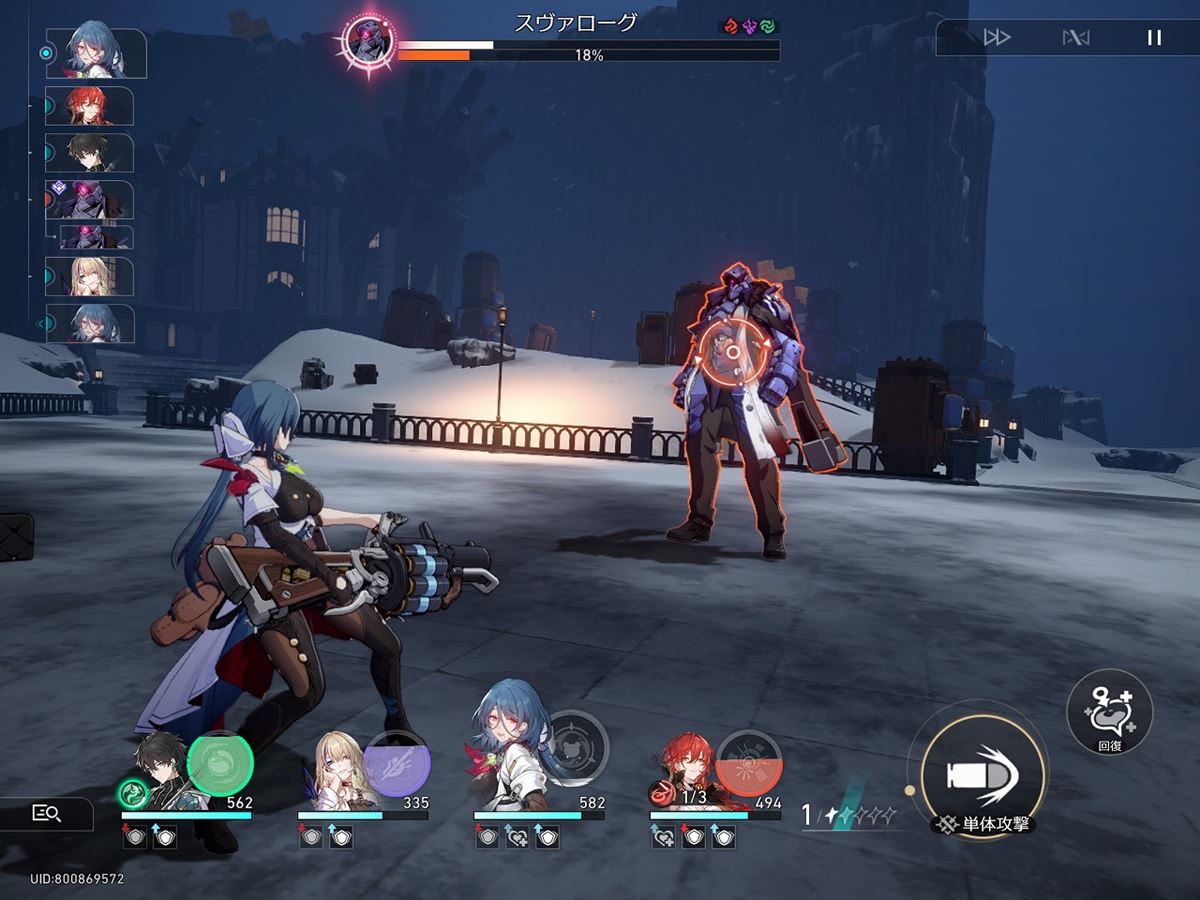
With the introduction of this game, however, I (the original author of this article) did have some concerns. The first is whether Honkai: Star Rail, being a live service game, will be able to adapt to the generational shift of gamers.
Turn-based combat systems have advantages derived from their slower pace of gameplay, such as ease of play and the ability for players to leverage their past experience with other games which use the same system. However, the design trends in today’s mainstream gaming industry tend to favor intuitive controls that are immediately reflected on the screen, and which result in instantly engaging action. Games such as Genshin Impact most certainly fall into the category of 3D action games that provide such an experience.
Furthermore, in the current gaming landscape where games like Minecraft, Fortnite, and Genshin Impact are popular, it is highly probable that younger gamers don’t have the same past experience with turn-based systems to draw from. As a result, the slower pace of gameplay in this game raises the question of whether it can continue to be a global hit.
There is also a concern of whether the love of turn-based systems will hold up into the future, and that does not apply only to this game. As games continue to evolve, so too does the experience of each new generation of gamers during their formative years. As a result, there is always the possibility that the advantages of incorporating turn-based systems will eventually be lost and fade away as these newer generations of gamers grow up.
As for my speculation regarding these concerns, I believe the fact that this game adopts a multi-platform and free-to-play business model will have positive consequences. By exposing younger gamers to turn-based battles, Honkai: Star Rail has the potential to become a part of their “formative gaming experience,” thereby maintaining the ability of future games to play off of gamers’ past experiences and utilize turn-based systems.
Still, Honkai: Star Rail is only in its early stages, and its direction and achievements have yet to be seen. Let’s pay close attention to its progress in order to see exactly where it is headed.
Translated by. Braden Noyes based on the original Japanese article (original article’s publication date: 2023-05-08 11:00 JST)
The content of this article has been edited for clarity prior to translation




